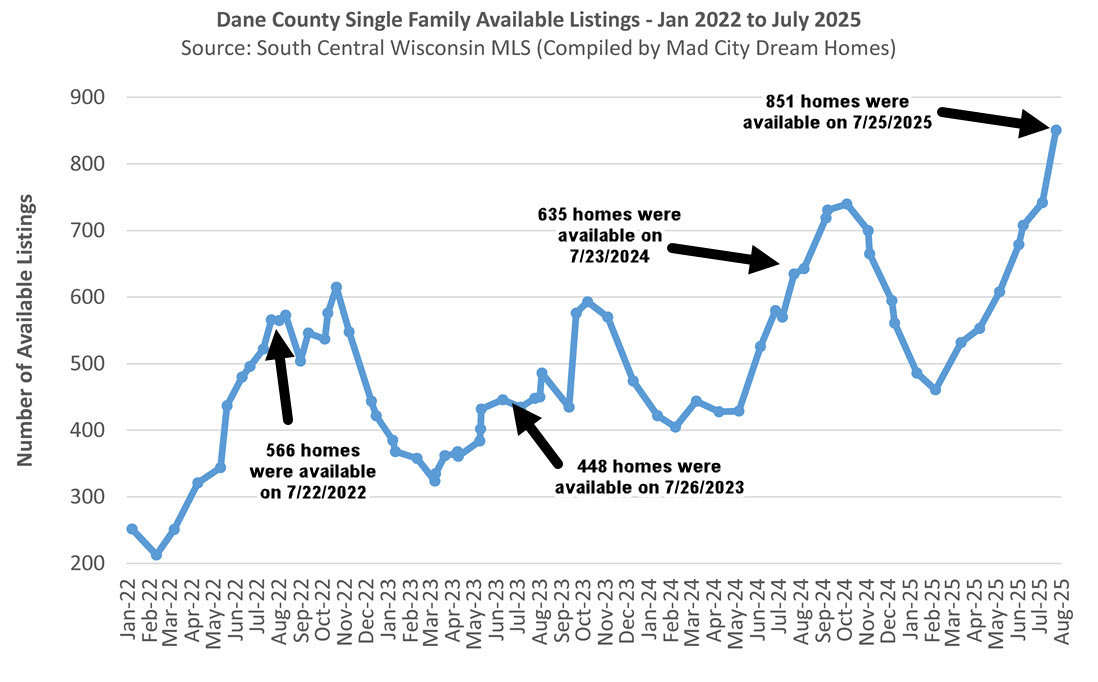Just how stretched household budgets will need to be in the lead up to Christmas is being decided by the Reserve Bank of Australia this week.
Following its surprise cash rate hold earlier this month, the board is working to analyse a number of data sets to understand just how much change the economy can withstand.
The next decision won’t be made for a few more weeks and there are still a number of data points to be considered. What might happen at next month’s meeting is still anyone’s guess. However, all hope for an interest rate cut on your mortgage is not lost.
Easing pressure slowly
According to the meeting minutes, the RBA board believes that lowering the cash rate a third time within the space of four meetings would be unlikely to be consistent with its strategy of easing monetary policy in a cautious and gradual manner.
It follows the lengthy battle Australia has fought with high inflation since the COVID-19 pandemic.
The RBA meeting heard that while inflation is on track to be sustainably back at the midpoint of the range or lower, a majority of board members judged that the case to hold the cash rate target unchanged at the meeting is a stronger option.
But interest rate cuts could be around the corner. The RBA board revealed that the outlook was for underlying inflation to decline further, which members agreed warranted some additional reduction in interest rates over time.
The Reserve Bank of Australia says a cut to the cash rate in July would have been inconsistent with its strategy. Picture: Getty
The news comes as new research from Roy Morgan released this week shows that 28.4% of mortgage holders are ‘at risk’ of mortgage stress in the three months to June 2025, up 1.5% points from a month earlier. This is the highest rate of mortgage stress since January 2025 – before either of the cash rate cuts.
What the RBA discussed
Everything and anything that could impact the nation’s economy was laid bare on the table.
The board declared that headline inflation was expected to pick up temporarily to around the top of the target range late this year, and remain there into 2026, reflecting the currently legislated unwinding of government and energy subsidies to households.
While inflation had returned to the target range and was expected to be around the midpoint once the volatility associated with temporary cost of living relief abates, while recent Consumer Price Index indicator data has been consistent with expectations.
RBA governor Michele Bullock has raised her concerns about the reliability of monthly CPI data for longer-term forecasting. Picture: supplied
The RBA minutes also reveal that household credit had continued to decline gradually relative to household incomes – seen as corroborating the judgement that monetary policy has been modestly restrictive.
“The recent easing in policy has not yet resulted in a pick-up in demand for housing credit, and neither loan applications not loan commitments had increased materially,” it read.
“Members noted that a 25 basis point reduction in the cash rate at the current meeting was almost fully priced in by market participants and was also unexpected by most market economists.
“Market pricing implied that a further two cash rate reductions in the cash rate over the remainder of the year were expected, one more than had been anticipated prior to the May meeting. Members acknowledged that there had been previous occasions when market conditions had been very confident about the outcome of a monetary policy decision, but the Reserve Bank had decided on an alternative course.”
Wars, tariffs and the global economy
Other matters discussed by the RBA board this week include the US Congress unveiling and legislating the One Big Beautiful Bill Act was also identified as a factor in the decision to hold in July.
US tariffs announced in early April have led to financial uncertainty in money markets around the world, while persistent geopolitical tensions, including conflict in the Middle East and Ukraine, and increasing concerns about ongoing fiscal sustainability in a number of advanced economies could impact whether or not Aussie households ultimately get a reduction in interest rates.
The board also discussed the fact that tariffs could well settle at lower rates than had been announced in early April, but significantly higher than prior to the escalation of trade tensions.
Measures of global uncertainty had fallen somewhat, as reflected in a narrower range of expectations among professional forecasters as US GDP growth in late 2025, but the outlook remained highly unpredictable.
US president Donald Trump's One Big Beautiful Bill Act outlines his tax and spending policies. Picture: Getty
However, the board notes that with a highly uncertain global economy and the probability of the global economy evolving in line with the most severe downside scenarios, the future state of US trade meant the future looked unpredictable and geopolitical tensions remain acute.
What it means
REA Group executive manager of economics Angus Moore says the RBA minutes reveal that the board is not fully confident that inflation is sustainably under control.
“They emphasised wanting to wait for more information on inflation before they can be confident in that assessment, and so delayed cutting in July,” he says.
“What that means is that the next inflation data release will be even more closely watched by the RBA than usual. But we’re still very likely to see the RBA cut and markets are very confident of a cut at this stage.”
REA Group executive manager of economics Angus Moore says markets remain very confident of more cuts. Picture: supplied
Mr Moore added: “The minutes emphasised that July’s decision was really about waiting for more information before cutting, so unless there is a big surprised in the inflation data, we’re likely to see that cut.”
Empower Wealth managing director Property Investors Council of Australia chair Ben Kingsley weighed in this week, admitting he’s disappointed but not surprised by the RBA’s reasoning.
“Their geopolitical reasoning is a bit of a stretch, especially given they’ve also flagged macro-prudential tightening in the form of restricting growth of Interest Only Lending and new investment lending.”
He continued: “It would be more helpful if they just came out and said we want to keep playing the playing field more even for first home buyers and owner buyers, and we also want to throttle the rates of property price growth as interest rates continue to fall in the coming months.”
Steady settings from APRA
Meanwhile, the Australian Prudential Regulation Authority (APRA) responded to the RBA meeting by announcing that it will keep its macroprudential policy settings steady. In deciding to keep its setting on hold, APRA explained that it took account high levels of household debt and above-average total credit growth, which is expected to rise further as interest rates decline.
“Lower inflation and interest rates have eased financial pressures on borrowers, labour market conditions remain tight, bank lending standards remain sound and non-performing loans remain low. However, the risk of economic shocks from the uncertain geopolitical environment is elevated,” APRA said in a statement.
Taking into account these factors, APRA confirms that:
- The mortgage serviceability buffer will remain at 3 percentage points; and
- The countercyclical capital buffer stays at its default level of 1% of risk-weighted assets.
The mortgage serviceability buffer it set to remain at 3 percentage points. Picture: Getty
Chair John Lonsdale noted that the current level of the buffer, the ‘stress tests’ that allows mortgage holders to refinance, has not been restrictive on new credit to the household sector.
“Over recent months, we have seen credit continuing to flow to different borrower segments, including to first-home buyers,” he said. “Declines in inflation and interest rates have eased financial pressures on borrowers, and increased borrowing capacity for new borrowers, and lending standards remain sound.
“Looking ahead, however, should interest rates fall significantly further while labour markets remain robust, that has historically led to higher credit growth and leverage, higher house prices and often more risky lending, such as high debt-to-income and investor lending.”
The RBA board will meet to make a decision on the cash rate from 11-12 August.
This article first appeared on Mortgage Choice and has been republished with permission.



















 English (US) ·
English (US) ·